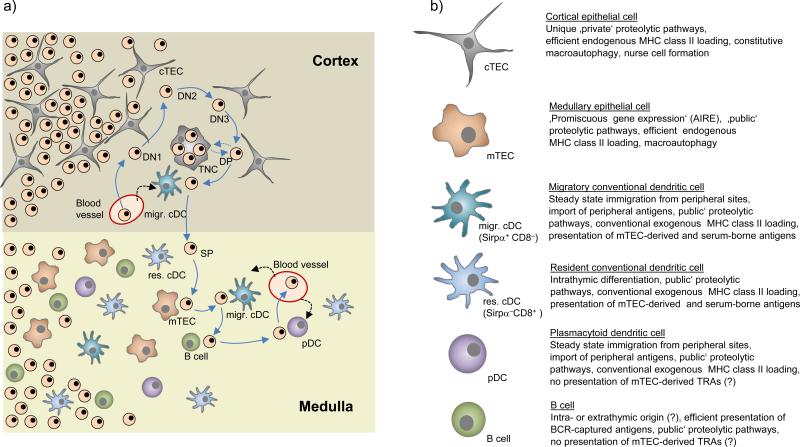Figure 1. Stromal cell interactions during T cell development.
(a) Successive stages of double-negative (DN) T cell development are accompanied by an outward movement of thymocytes towards the sub-capsular zone. Subsequent to β-selection at the DN3 stage, double-positive (DP) cells ‘randomly walk’ through the outer cortex, which possibly facilitates the ‘scanning’ of cortical thymic epithelial cells (cTECs) for positively selecting ligands. At this stage, DP thymocytes may be engulfed by cTECs and form so-called thymic nurse cells (TNCs), whereby the molecular control and physiological relevance of this process remains to be established. Interactions of DP cells with cortical conventional dendritic cells (cDCs) may lead to negative selection. It remains open whether these cortical cDCs exclusively belong to the migratory Sirpα+ subset. Positively selected, CD4 or CD8 lineage-committed thymocytes relocate into the medulla by directed migration. Upon reaching the medulla, single-positive (SP) cells again assume a ‘random walk’ motion pattern. Through this random migration, SP cells may now ‘scan’ resident (res.) and migratory (migr.) cDCs, medullary thymic epithelial cells (mTECs), plasmacytoid dendritic cells (pDCs) and B cells. It is estimated that SP cells engage in around five contacts with antigen presenting cells (APCs) per hour, so that over their 4-5 days residency in the medulla, T cells may serially interact with several hundred APCs. (b) Key functional properties of thymic APCs discussed in this Review.

